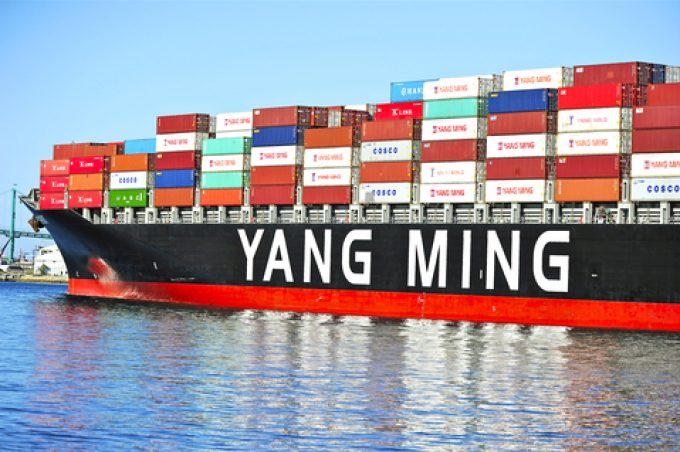Dollar General submits $14.7m claim against Yang Ming over capacity shortfall
Pandemic-era greed appears to be coming back to bite container lines on the backside, with ...

Japanese carrier ONE and Taiwan’s Yang Ming today issued a transpacific network update to apply following the departure of Hapag-Lloyd from THE Alliance (THEA) next February.
The separate announcements from the carriers follows pressure from customers for clarification during negotiations for new ...
CMA CGM South Korean staff strike over bonuses after bumper 2024 profit
'Another painful headache for shippers' as Asia-N Europe rate rally ends
Amazon Air Cargo partners-up for new transpacific route into the US
MSC switches two more Asia-Europe port calls from congested Antwerp
Ports and supply chain operators weigh in on funding for CPB
Nightmare for Bangladeshi exporters as congestion and tariffs bite
Carriers introduce surcharges as congestion builds at African ports
CMA airline returns two freighters, while ANA takeover of NCA looms

Comment on this article